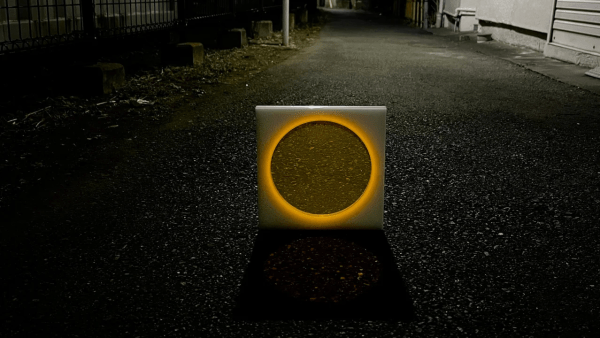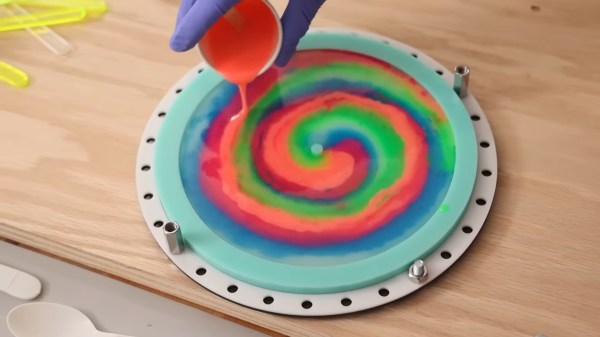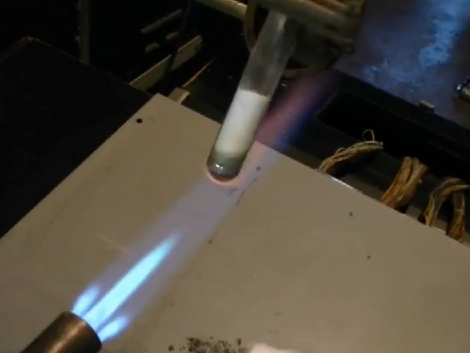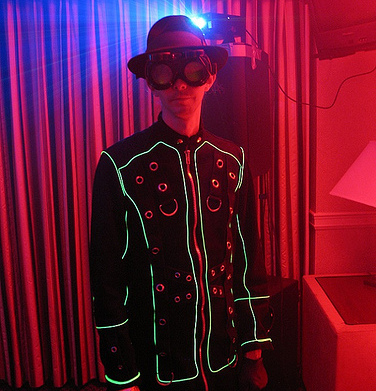Content warning: Human alteration and scalpels.
General warning: We are not speaking as doctors. Or lawyers.
If you watch sci-fi, you probably do not have to think hard to conjure a scene in a trendy bar where the patrons have glowing make-up or tattoos. That bit of futuristic flair was possible years ago with UV-reactive tattoo ink, but it has the unfortunate tendency to permanently fade faster than traditional ink. [Miana], a biohacker, wanted something that could last forever and glow on its own. After months of research and testing, she presents a technique with a silica-coated powder and scarification. Reddit post with graphic content.
















